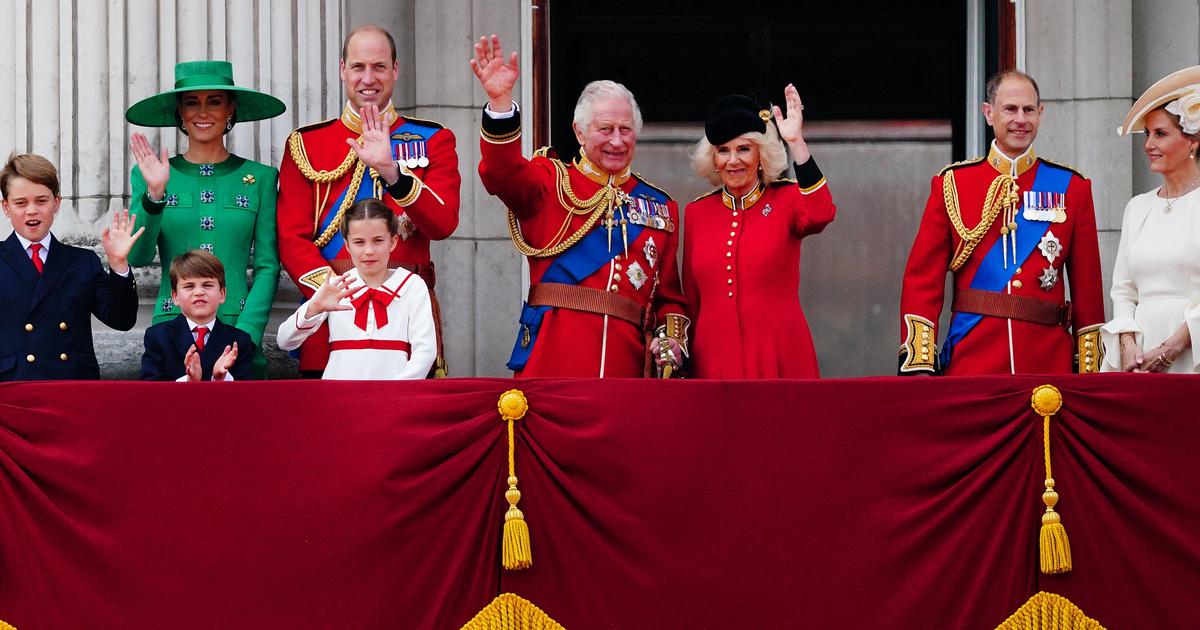Planetary Parade of 2024: What to Expect on June 3rd
Numerous media outlets are buzzing about the upcoming "Planetary Parade" on June 3, 2024. On this date, six planets—Jupiter, Mercury, Uranus, Mars, Neptune, and Saturn—are expected to align in the morning sky. This celestial event promises a spectacular sight, although viewers should manage their expectations as not all planets will be visible to the naked eye.
Understanding Visibility
According to Uwe Pilz from the Association of Star Friends (VdS), Mercury and Jupiter will rise in the east around 5 a.m., but the brightness of the sky will make them difficult to see. "It will then be so bright that you can read the newspaper," explains Pilz. This illumination will outshine both planets, making them effectively invisible to the unaided eye.
Uranus, situated a little more easterly and higher, rises before the sun brightens the sky. However, this planet is almost three billion kilometers away from Earth and requires binoculars or a telescope for observation. Mars and Saturn will be the only planets clearly visible to the naked eye. Mars, however, will appear dim and is located to the right of the crescent moon, which is in its last quarter. While Saturn, positioned in the southeast, may shine faintly, its iconic rings can be better appreciated with a telescope.
Neptune and Uranus, like previous instances in planetary alignments, will be visible only with telescopes. Neptune never appears to the naked eye, even during such special astronomical events.
Why Do Planets Line Up?
Pilz clarifies this celestial arrangement, noting that the formation is a result of the solar system's origin from a rotating disk of gas and dust. Right from our perspective, planets appear "spread" across the sky along an arc due to their motion in roughly the same plane. Thus, they sometimes appear 'lined up' in the sky, creating the illusion of an alignment.
This planetary alignment isn't restricted to June 3rd. Similar alignments, including slightly different orders, can be observed in the weeks before and after. However, the challenge in viewing persists due to the overpowering brightness of the rising sun.
- James O'Donoghue, a planetary astronomer from the University of Reading, UK, explains that viewers in Europe and North America will have the best opportunity to see the alignment about half an hour before sunrise. He also advises caution when using binoculars close to sunrise due to the brightening sky.
- O'Donoghue further mentions that while binoculars can assist in viewing Uranus and possibly Mercury, the Sun's light makes it challenging to observe these planets close to dawn safely. Kate Pattle from University College London also reiterates that what we perceive as a planetary alignment is a visual phenomenon from Earth's perspective, rather than an actual spatial alignment in the solar system.
- Pattle points out that this type of planetary parade is not uncommon. She mentions an upcoming alignment in February next year, which will include all planets visible in the sky at the same time, even Venus. She also offers practical advice for viewers, recommending the use of stargazing apps and finding locations with minimal light pollution and a clear view to the east.


